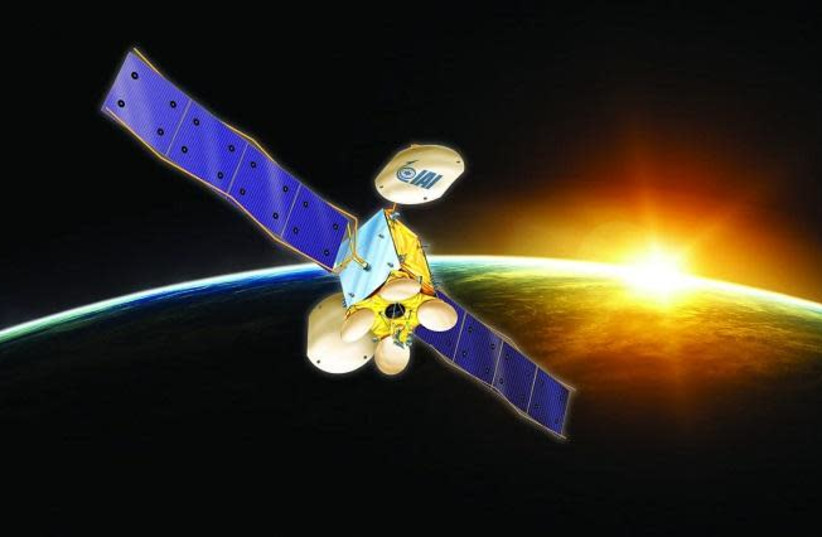A retired nearly 300 kilogram NASA satellite is set to crash into the Earth sometime early Thursday morning, according to the US Defense Department.
The satellite in question is the Reuven Ramaty High Energy Solar Spectroscopic Imager (RRHESSI), also known as Explorer 81, which was launched in 2022 to study solar flares. During its time in orbit, it succeeded in making some significant breakthroughs regarding solar flares and coronal mass ejections from the Sun.
However, it was retired in 2018 due to communication difficulties, and the massive satellite is now set to come crashing down to Earth within the next few hours at the time of writing.
Will the satellite hurt anyone when it crashes down?
Technically, it is possible that the NASA satellite could cause harm upon its descent into Earth. However, the odds are very slim, with NASA putting it at around 1 in 2,467 that anyone could actually be harmed.
Most of the satellite is expected to simply burn up in the atmosphere, though it is thought that some fragments will survive the trip.

It is estimated that it will impact the Earth at around 9:30 p.m. Thursday EST.
There were fears it had already crashed Wednesday night, following the sight of bright lights and what may have been a crashing fiery object near Kyiv in Ukraine, but NASA denied these claims, Reuters reported.
Previous satellite crashes and space debris
It isn't the first time a retired satellite has crashed into the Earth.
The most famous event was when Skylab, the first US space station, crashed into the Earth in 1979 in a widely publicized media spectacle. The odds of any humans being hit were at the time calculated to be 1 in 152.
Most of the debris that survived reentry landed in the Indian ocean or in Australia. Famously, a local government in Western Australia actually fined NASA A$400 for littering as a result - though done mostly in jest.
However, other examples of space debris crashing into Earth have occurred already, with two Chinese rockets alone crashing into Earth in 2022.
The reason the odds are always so low that anyone would actually get hit is because a wide majority of the Earth is covered in ocean, rather than land.
However, the issue of space debris orbiting Earth is something of great concern to scientists and policymakers.
